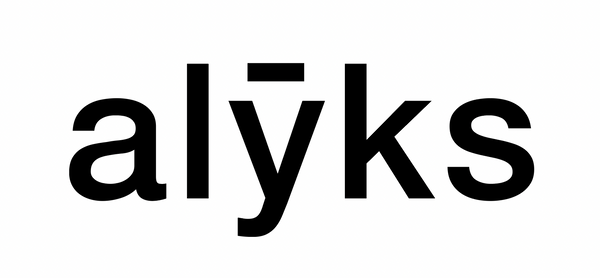
What makes a garment considered “ethical”?
Share
To begin with, the adjective ethical comes from the Latin "ethos," which means "way of life ." "To be ethical is to know how to respect certain values." So what values must be respected to obtain an ethically made garment?
Human rights and working conditions
Yes! Believe it or not, in 2023 the minimum wage for workers is, in some countries, as low as $103 CAD per month. This represents approximately 0.64 cents/hour if the worker works 40 hours per week for 4 weeks. However, they are not entitled to the same working conditions as internationally and can work up to 120 hours per week and sometimes are not paid for overtime.

Furthermore, since the working conditions of these workers are not as restrictive and expensive as ours, many international merchants decide to take advantage of this. Since infrastructure is not adapted to the exponential international demand, workers risk their lives in factories where industrial accidents are frequent. For example, more than 5,600 workers died in connection with their work in Bangladesh between 2013 and 2023.
There is not only a danger to the infrastructure, but also to the health of the workers. Several toxic substances are used to dye the fabrics.
For example :
- Azo dyes
- Nonylphenol ethoxylates-NPE (used as detergent)
- Formaldehyde (makes the fabric wrinkle-free and water-repellent)
- Phthalates (clothing decoration, plastic)
And as you might guess, these substances are not only dangerous for the workers, but also for those wearing the garment.
Unfortunately, several countries apply working conditions similar to those mentioned.
Environment
 The overproduction of short-lived clothing, known as "Fast Fashion," leads to the overproduction of textile waste, which ends up in huge landfills, where it is burned, and thereby pollutes the environment.
The overproduction of short-lived clothing, known as "Fast Fashion," leads to the overproduction of textile waste, which ends up in huge landfills, where it is burned, and thereby pollutes the environment.
I invite you to read the Greenpeace article on the impact of dumpsites caused by fast fashion in Kenya and Tanzania.
https://www.greenpeace.fr/reportage-lafrique-depotoir-de-la-fast-fashion/
Furthermore, 20% of water pollution is due to the chemicals mentioned above, as well as many others that escape during washing clothes and textile production.
The textiles used to make clothing have a major impact on the environment, especially synthetic fibers; major polluters. These fibers are often used by major fast-fashion brands because they are easy to care for and inexpensive, but they represent approximately 70 million barrels of oil per year. A single garment made of synthetic fibers can release up to 1,900 microfiber particles per wash, which increases the release of greenhouse gases. You might think that cotton is better, but it's not. Producing one kilo of cotton requires approximately 10,000 liters of water per kilo of cotton, which represents approximately 3,000 liters of water for the production of a t-shirt. Cotton cultivation also requires the use of pesticides and insecticides. Approximately 5% of global pesticide sales and approximately 10% of global insecticide sales are used for cotton cultivation.
To determine if a garment is ethical, it must tick, among others, the following criteria.
- Made from eco-responsible materials (less or non-polluting)
- Made in a factory or workshop that offers good working conditions and protects human rights OR made locally (even better)
- Durable and quality clothing (buy less, but better)
Sources:
